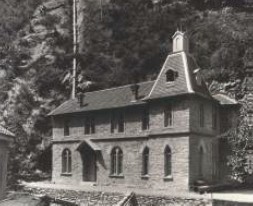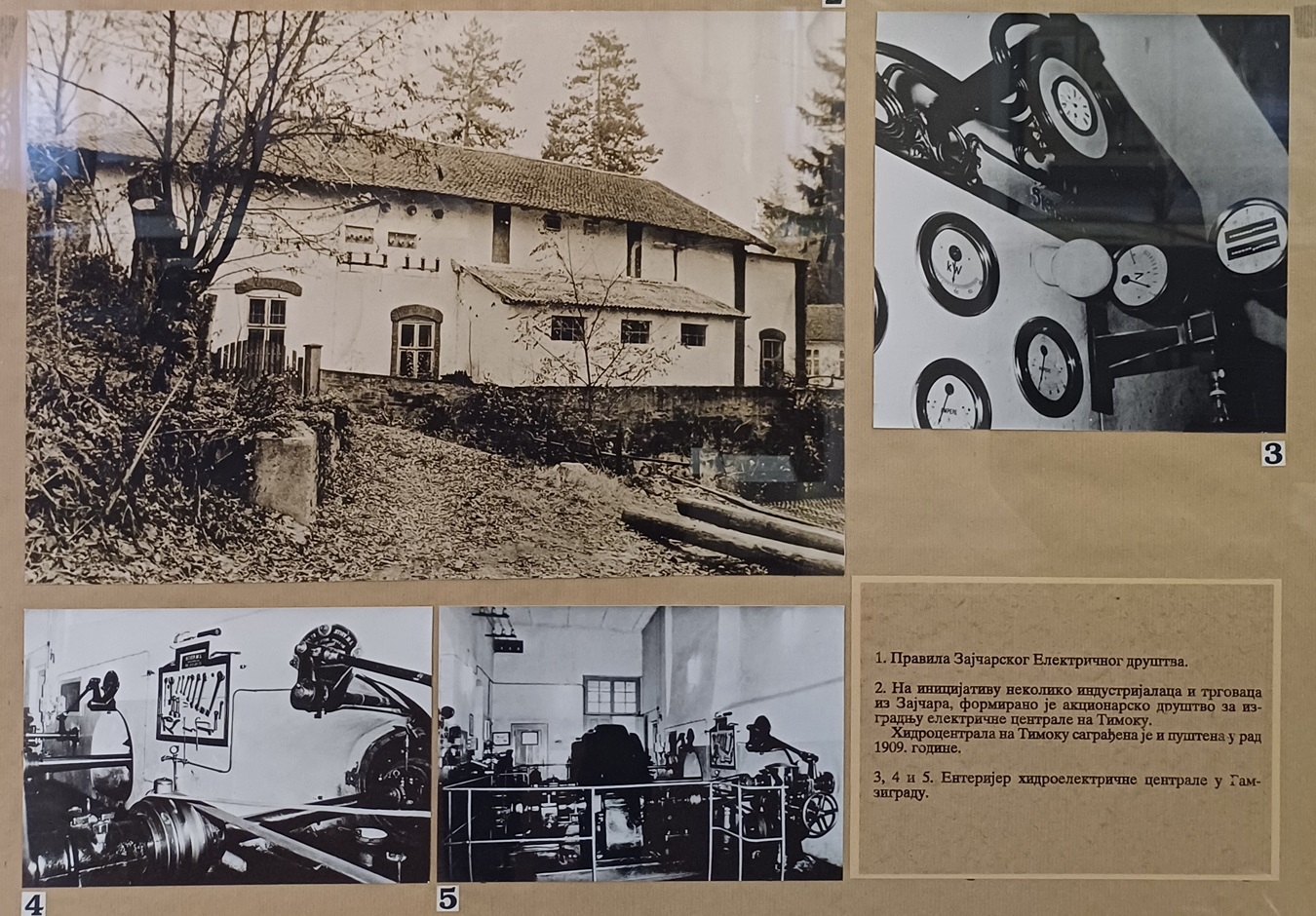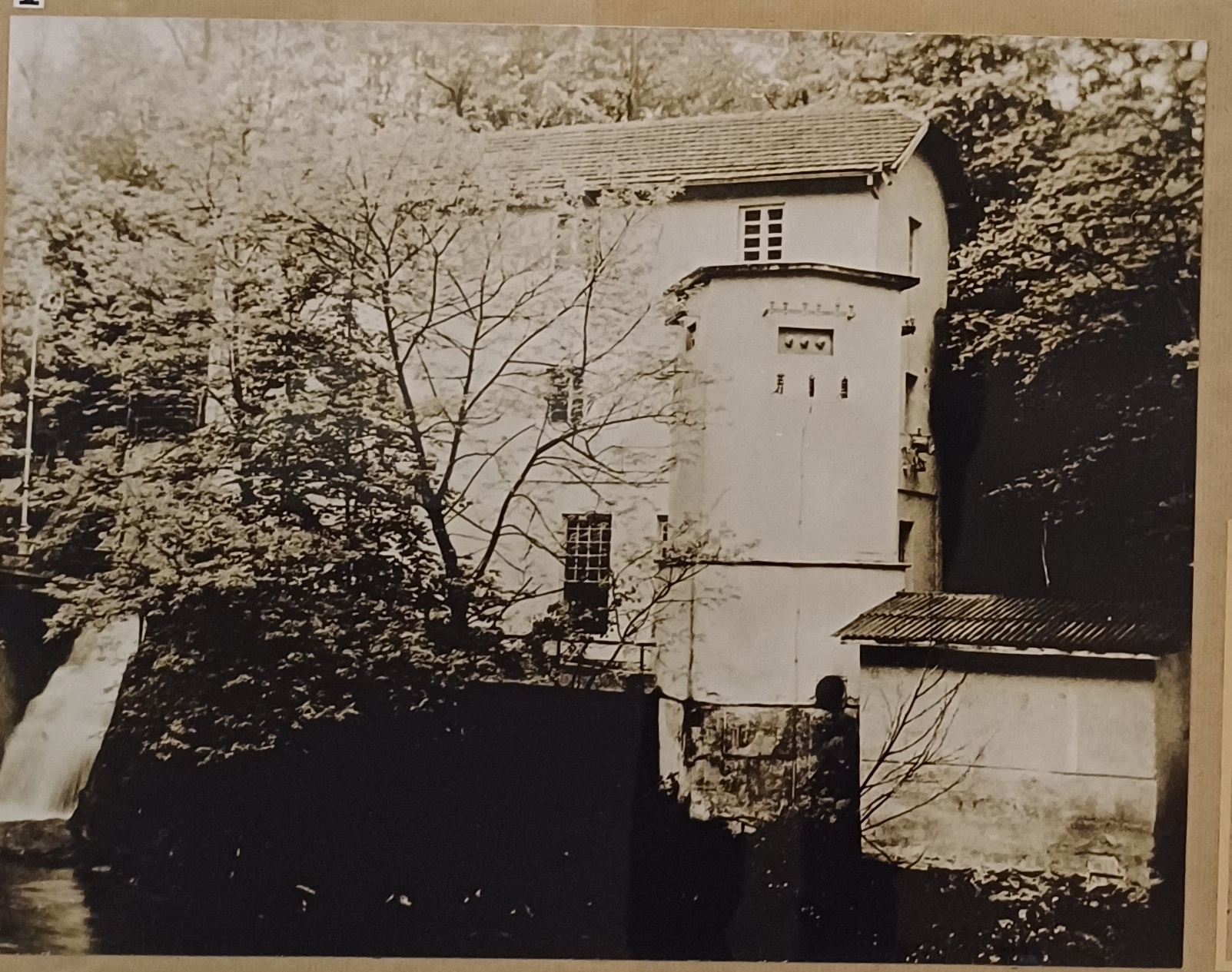- Stanojevic’s friendship with Nikola Tesla had a significant impact on the electrification of Serbia. Inspired by Tesla’s inventions, particularly their application to waterways, Stanojevic conducted the first calculations of Serbia’s water energy potential in 1901.
- He participated in the design and construction of Serbia’s first hydroelectric power plant, located on the Djetinja River near Uzice, in 1900. This plant was the first in Serbia to use three-phase alternating current based on Tesla’s principles, constructed only four years after the Niagara Falls plant
- The equipment, ordered from Siemens & Halske, included two three-phase generators with a capacity of 32.5 kilowatts each, along with auxiliary equipment
- Thanks to Stanojevic’s vision, cities such as Leskovac and Zajecar followed his proposals and built hydroelectric plants on the Vucjanka and Timok rivers, respectively. The Leskovac Electric Society, founded in 1901, oversaw the exploitation of the Vucjanka River, leading to the construction of the Vucje hydroelectric plant. Leskovac gained electric lighting on March 1, 1904. The Vučje plant, known as one of the most profitable of its time, remains operational and is recognized as a world heritage site in electrical engineering history
- Stanojević also contributed to the construction of hydroelectric plants in Gamzigrad on the Crni Timok River (1909), Sveta Petka in Nis on the Nisava River (1908), Veliko Gradiste on the Pek River, Ivanjica on the Moravica River, Vlasotince on the Vlasina River, and even proposed a hydroelectric plant on the Djerdap Gorge, which was realized six decades later
- The historic hydroelectric plants, many still operational, produce about five million kilowatt-hours of electricity annually using their original technology. These facilities are valuable European heritage sites, as no other such old, authentic hydroelectric plants exist in Europe


